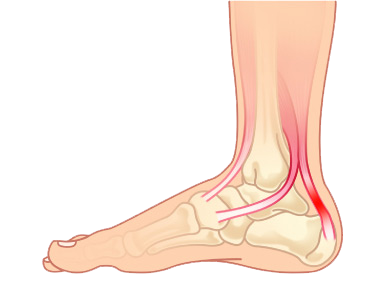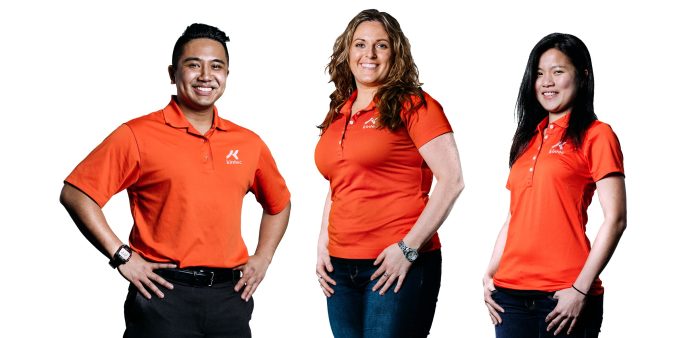Have a Doctor’s Referral?Book now

The Achilles Tendon is the largest tendon in the body, and is responsible for propelling your entire bodyweight forward and up during activity. It can take forces up to 12 times a person’s bodyweight during a sprint! This tendon does not have a rich blood supply, so it is more susceptible to injury, causing irritation, inflammation and leading to pain and swelling. In severe cases, this can result in complete rupture of the tendon.
You will see a certified pedorthist who specializes in foot mechanics,
conditions, and conservative treatments.
Achilles Tendinopathy most commonly results from a series of stresses causing a chronic condition over time, but can result from a single incident. Some causes include:
In order to prevent Achilles tendinopathy, try these stretches before engaging in any physical activity:
Treatment recommendations:
For more reading on Achilles tendinopathy, read more from Kintec:
